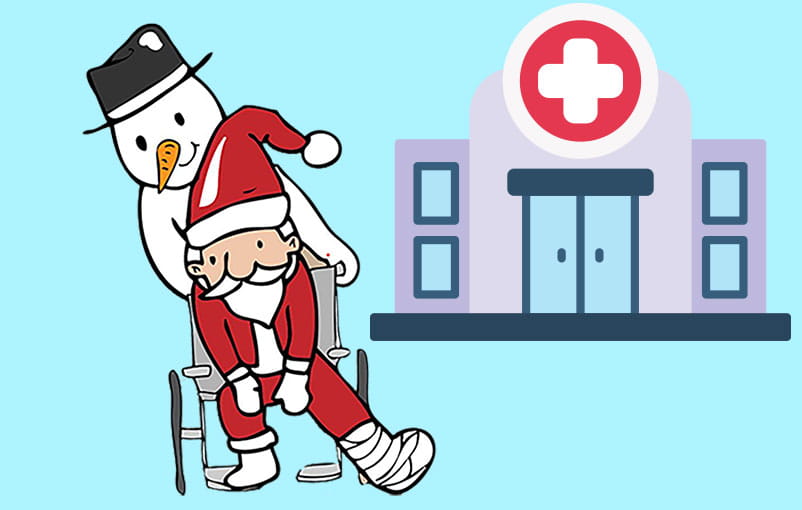If someone has an injury that causes severe bleeding, that person can bleed to death in less than five minutes. Knowing how to respond in an emergency situation could save someone's life.
Tataka Perry-Johnson, a Trauma Certified Registered Nurse at University Health, talks about the goals of the Stop the Bleed Program and the work that they are doing to achieve them.
Stop the Bleed to Save a Life
"The purpose of the Stop the Bleed program is to make that person who might be a bystander into an immediate responder to control life-threatening bleeding until emergency response arrives," Perry-Johnson said.
Perry-Johnson is the trauma program educator at University Health. She is constantly teaching people, young and old, how to stop the bleed through classes at University Hospital.
"We do teach the ABCs of bleeding control during the class, and it’s the same thing," Perry-Johnson said. "We want you to have the knowledge, skills and tools, but hopefully you won’t have to use it."
ABCs of Stop the Bleed
- A: Alert. Notice the bleed and call 911.
- B: Bleeding. Identify life-threatening bleeding to know what it looks like.
- C: Compression. Using direct pressure, wound packing or a tourniquet. Even through use of clothing.
“Make sure that emergency responders are going to be on the scene to help you out," Perry-Johnson said. "Then you’ll want to identify where that bleeding is coming from. You want to see what life-threatening bleeding looks like. Is there a pooling of blood, a squirting of blood, are their clothes soaked?”
Stop the Bleed Virtual Training
Register online for a virtual Stop the Bleed training December 27, 2022.




